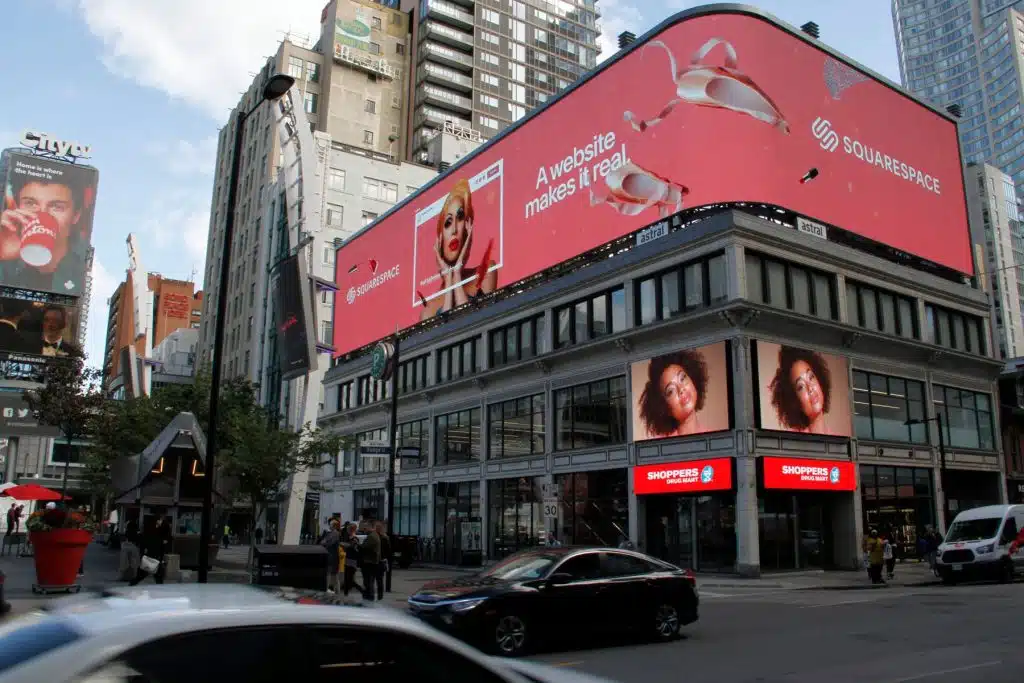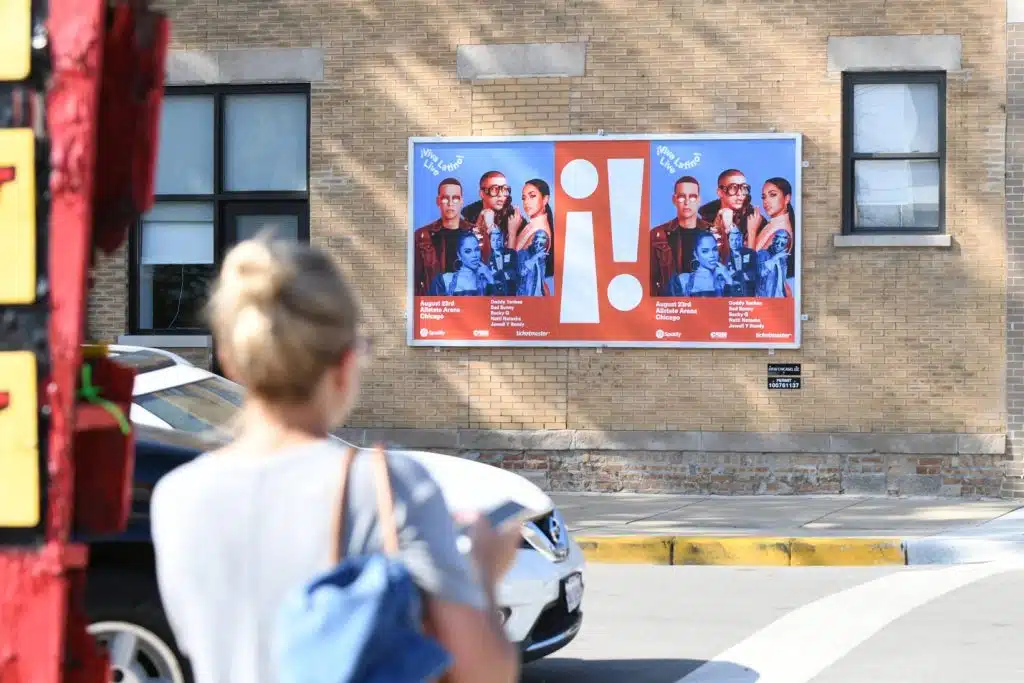Return on investment (ROI) is more than just a buzzword in advertising—it’s a core metric for measuring media effectiveness in 2025. At DASH TWO, we continue to emphasize a simple truth: outdoor advertising delivers real-world results.
Out-of-home (OOH) advertising remains one of the best-performing media channels when it comes to ROI. New data from 2025 shows that brands consistently achieve strong returns—especially when combining OOH with digital campaigns. We’ve seen firsthand that marketers keep coming back to outdoor for one reason: it works.
Want to understand how OOH proved its value across the U.S. in 2025? Here’s what the numbers—and our experience—reveal.
What Is ROI (Return on Investment)?
ROI, or Return on Investment, is one of the most important metrics for evaluating the performance of any ad campaign. In essence, it answers a core question: Did the money you spent actually pay off?
ROI is calculated using this common formula:
[(Leads × Lead-to-Customer Rate × Average Sale Price) – Ad Spend] ÷ Ad Spend × 100
Here’s a simplified example: A record label spends $2,000 on a billboard promoting a new album. The board drives 2,500 website visits, with a 0.4 conversion rate, and each album sells for $10.
[(2,500 × 0.4 × $10) – $2,000] ÷ $2,000 × 100 = 400% ROI
That’s a strong return. As a general rule of thumb, anything below 2:1 (or 200%) may be considered underperforming, especially for short-term campaigns.
But not all value is immediate or monetary. Smart advertisers also factor in intangible returns—like brand recognition, customer loyalty, and long-term visibility. For example, a user may bookmark your page or leave it open in a Safari tab and come back weeks later to purchase.
With outdoor advertising, those delayed interactions are often what make the biggest impact. ROI isn’t just about quick wins—it’s about sustained brand equity and long-term customer acquisition.
What Does ROI Mean for Outdoor Advertising?

ROI in outdoor advertising can be measured through two main methods: organic tracking and paid attribution.
Organic Methods
These include measurable signals that reflect engagement and awareness:
- Hashtag usage and social media mentions linked to the campaign
- Clicks from QR codes featured on billboards or posters
- Promotional code redemptions tied to the creative
- Traffic to a dedicated campaign landing page
Often, the primary goal of OOH advertising isn’t immediate sales, but brand lift. With repeated real-world exposure, campaigns build familiarity, spark curiosity, and lay the foundation for future conversion.
Paid Attribution
This involves data tools to quantify more specific behavior tied to exposure:
- Geofencing to monitor mobile devices near ad placements
- Device ID capture for retargeting users who passed by the billboard
- Pixel-based tracking from campaign-specific URLs or microsites
- Analyzing spikes in web traffic or app installs during the flight period
Breakout creative can also spark viral buzz—an added ROI boost. When a billboard gets picked up by media outlets or social feeds, earned impressions can exceed the paid ones.
In short, outdoor advertising delivers ROI by driving both action and attention—today and long-term. Whether it’s a QR scan or a TikTok trend, OOH continues to prove its value beyond the surface.
Outdoor Advertising ROI Statistics
The impressive return on investment for outdoor advertising is backed by data—not just opinion. These statistics highlight its effectiveness and cost-efficiency in 2025:
- Outdoor advertising offers the lowest cost per thousand (CPM) among major media channels, ranging from $2 to $7. That means advertisers can reach large audiences for relatively low spend.
- Billboards deliver an average ROI of 497%, according to the Out of Home Advertising Association of America (OAAA).
- For every $1 spent on billboard advertising, brands typically see a $6 return—a significant value multiplier.
- OOH complements other media exceptionally well. Adding outdoor to a mobile ad campaign can boost ROI by as much as 316%, according to OAAA research.
These statistics make one thing clear: outdoor advertising remains one of the most cost-effective and impactful ways to reach real-world audiences and generate results in a crowded media landscape.
Ways to Improve ROI for Outdoor Advertising

Ultimately, ROI is about visibility. To maximize your return on investment, ensure your campaign is seen by as many people as possible—boosting the chances of driving purchases, foot traffic, or website visits. Here are some actionable ways to improve your OOH campaign performance:
- Identify your target audience better: Even the best campaigns fall flat if they’re shown in the wrong place. For instance, promoting surfboards in a landlocked state won’t yield strong results. Choose locations that align with your audience’s lifestyle and behavior.
- Find the best medium for your message: While billboards work well for brand awareness, other formats like
bench advertising,
wild posting,
or transit ads may offer better alignment for certain goals. - Use clear and actionable CTAs: Encourage engagement with QR codes, short URLs, or memorable promo codes to track conversions and gather performance data.
- Optimize timing and duration: Launch campaigns during key buying seasons or cultural events relevant to your product. Consistent exposure over multiple weeks yields better brand recall.
Real-World OOH ROI Example
Cash App at the U.S. Grand Prix
Around the Austin Grand Prix, we executed a high-visibility outdoor + experiential mix targeting Gen Z and millennial audiences:
building murals, large-format billboards, and Wild Posting® near fan corridors and high-dwell areas. Concentrating spend where attention
peaks during a cultural moment maximized qualified reach and primed downstream conversions.
Explore the full creative, placements, and rollout details here:
Cash App Outdoor & Experiential Advertising Case Study →
can produce a compelling return when the audience-message-moment fit is strong.

